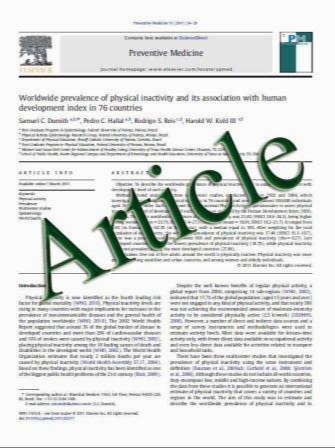Coronoid plate fixation of type II and III coronoid process fractures: outcome and prognostic factors
- نوع فایل : کتاب
- زبان : انگلیسی
- مؤلف : Sang Ki Lee Ha Yong Kim Kap Jung Kim Dae Suk Yang Won Sik Choy
- چاپ و سال / کشور: 2011
Description
The purpose of the present study was to determine the clinical outcome and prognostic factors after applying the coronoid plate fixation technique who had sustained type II or III coronoid process fractures. Fifteen consecutive patients were enrolled in this study. The mean arc of flexion–extension was 116 with a mean flexion and flexion contracture of 126 and 11, respectively. The mean arc of forearm rotation was 158 with a mean pronation and supination of 78 and 80, respectively. The mean Mayo Elbow Performance Score (MEPS) was 88 points (range, 70–100 points), which corresponded to an excellent result in ten elbows, good result in four and fair result in one. All the isolated coronoid fractures (8 patients) (there was no combined injury) and nine of the eleven (82%) noncomminuted coronoid fractures (the existence of one or two fracture fragments) had excellent functional results in accordance with the MEPS (average MEPS was 93.8 and 93.3, respectively). Patients with less favorable results according to the MEPS had lateral side injuries, such as lateral collateral ligament injures or radial head fractures (mean MEPS 78.0) The average functional score (MEPS) of the patients showing signs of arthritic changes was 76.7. Based on our experience, coronoid plate fixation of type II and III coronoid process fractures is an acceptable and alternative method that can provide good results. However, acceptable clinical outcomes are not only related to the successful rigid internal fixation of the coronoid fracture but depend on the severity of the primary injury and associated soft tissue injuries. The comminution of the fracture fragment, associated lateral collateral ligament injuries, and posttraumatic arthritic changes can be considered indicators of a poor functional outcome
Eur J Orthop Surg Traumatol DOI 10.1007/s00590-011-0825-7 Received: 3 January 2011 / Accepted: 1 June 2011


